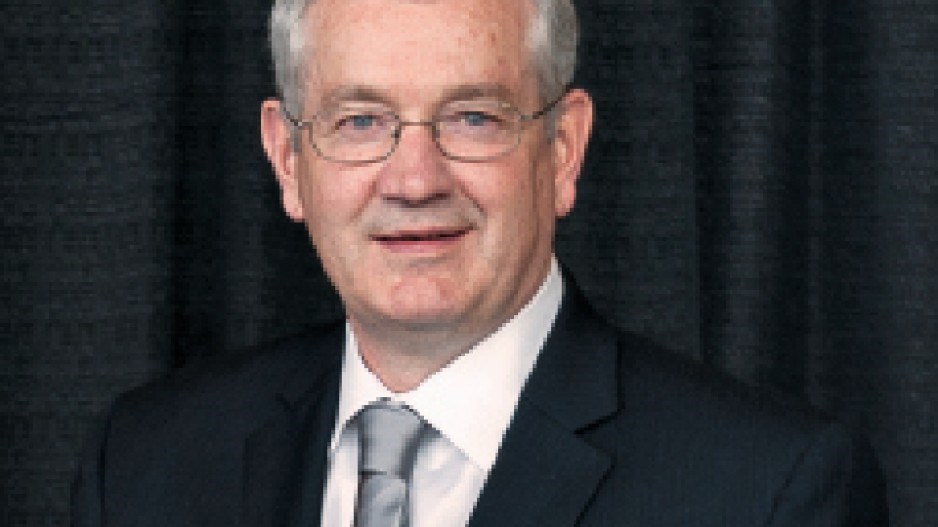A groundbreaking scientific report Clean Energy BC considers critical to the credibility of the independent power industry is complete and the results are – inconclusive.
Potential Impacts on Run-of-River Power Hydroprojects on Salmonids was commissioned by Clean Energy BC and administered by the Pacific Salmon Foundation (PSF) to investigate the effects of 44 run-of-river power projects on native salmonids such as coho, steelhead, pink and chum.
According to the report, run-of-river power facilities expose salmonids to potential health risks but the extent of those risks “is not yet fully understood.”
That murky conclusion results from incomplete project monitoring by some independent power companies. Of the 44 projects analyzed, only 23 provided detailed environmental monitoring reports, 14 provided basic information such as fisheries authorizations and seven offered no data at all.
Dearth of reporting notwithstanding, the PSF concluded, based on the data available, that run-of-river projects are not affecting salmonid populations.
“We are about Pacific salmon. Our primary goal is in doing this was to evaluate whether there was a risk to Pacific salmon in British Columbia,” said Brian Riddell, PSF president and CEO. “And our understanding of the industry now is that run-of-river power projects can exist with limited impact.”
The PSF did, however, urge Clean Energy BC to begin monitoring and evaluating data on salmonids from run-of-river projects to provide more decisive evidence in the future.
Paul Kariya, executive director of Clean Energy BC, said his organization, whose membership is made up of companies that own and operate run-of-river projects, would benefit from more environmental analysis.
“We’re committed to the long-term and we agree with the recommendations,” said Kariya.
“Why collect if you’re not going to analyze? We are opening this up because we believe our footprint on the environment is light.”
The independent power industry has been a target of environmental groups and Opposition politicians for its lack of oversight and the lengthy, pricy contracts many in the industry have signed with BC Hydro.
Gwen Barlee, policy director for the Wilderness Committee, questioned how the PSF could have compiled any report based on minimal data.
“Where are they drawing their confidence from moving forward?” asked Barlee.
“We already know that these projects negatively affect fish habitat. When you are removing water from a stream that is affecting fish habitat. [That’s the]bottom line.”
The study cost $300,000 and was funded by the Gordon and Betty Moore Foundation, the Living Rivers Trust Fund and Clean Energy BC.
Each of the 44 sites analyzed in the report, the majority of which are in B.C.’s south coast region, were studied in three sections: the upstream reach (the section of a stream leading up to the weir of a dam), the diversion reach (the section of a stream where water is removed and fed to a powerhouse) and the downstream reach (the section where water is returned to a stream).




